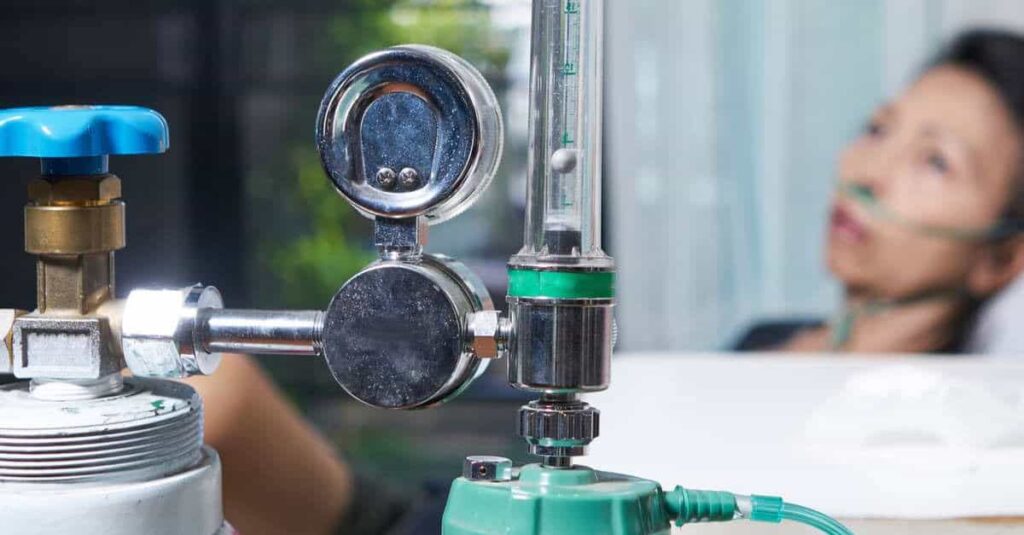Oxygen therapy is a crucial medical treatment that provides supplemental oxygen to individuals with respiratory conditions. It helps enhance oxygen levels in the body, improving overall well-being and quality of life. However, using oxygen therapy safely and responsibly is essential to prevent any potential risks or hazards. In this blog, we will discuss ten tips to ensure oxygen therapy’s safe and effective use. 10 Tips for Using Oxygen Therapy Safely.
- Consult with a Medical Professional
Before starting oxygen therapy, consulting with a medical professional is vital. They will assess your condition, prescribe the appropriate oxygen flow rate, and guide you on properly using the equipment. Following their instructions and seeking clarification on any doubts or concerns is crucial.
- No Smoking Policy
One of the most critical safety measures when using oxygen therapy is strictly adhering to a no-smoking policy. Oxygen supports combustion and can cause a fire or explosion if it comes into contact with an open flame or sparks. Ensure that everyone near the oxygen therapy equipment understands and follows this policy.
- Keep Oxygen Equipment Away from Heat Sources
To minimize the fire risk, keeping oxygen equipment away from heat sources such as stoves, candles, heaters, and electric blankets is essential. Maintain a safe distance of at least ten feet between the oxygen source and any potential heat or ignition sources.
- Avoid Using Flammable Substances
Using flammable substances, such as petroleum-based products or aerosol sprays, near oxygen therapy equipment can be extremely dangerous. Ensure you read product labels carefully and avoid using substances that could ignite or react with oxygen.
- Proper Storage and Handling
Store oxygen cylinders in an upright position in a well-ventilated area. Avoid exposing them to direct sunlight or extreme temperatures. When handling oxygen cylinders, ensure they are secured in an appropriate carrier or stand to prevent them from falling or tipping over.
- Regularly Check Equipment and Connections
Regularly inspect your oxygen equipment for any signs of damage or wear. Check the tubing, connectors, valves, and masks for leaks, cracks, or blockages. If you notice any issues, contact your healthcare provider immediately for assistance or replacement.
- Use Oxygen Therapy as Prescribed
Follow your healthcare provider’s instructions regarding the duration and frequency of oxygen therapy. Using more or less oxygen than prescribed can adversely affect your health and lead to oxygen deprivation or tissue damage.
- Proper Ventilation
Ensure that the room or area where you use oxygen therapy is adequately ventilated. Proper ventilation helps prevent the accumulation of oxygen and reduces the risk of oxygen-rich environments, which can increase the risk of fire.
- Educate Family Members and Caregivers
It is crucial to educate your family members, caregivers, and anyone who may be present in your home about the safe use of oxygen therapy. Ensure they understand the no-smoking policy, the potential risks, and how to respond in an emergency.
- Emergency Preparedness
Prepare for emergencies by having a fire extinguisher readily available and ensuring that everyone in the household knows how to use it. Additionally, keep a phone nearby to call emergency services if needed.
Remember, while oxygen therapy is beneficial, it is essential to use it safely to prevent accidents or hazards. By following these ten tips, you can ensure the safe and effective use of oxygen therapy, enhancing your well-being and quality of life.

